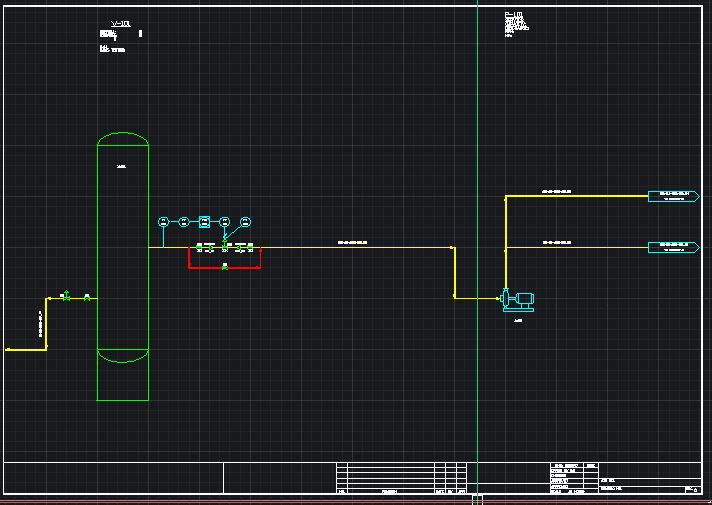In our previous project experience, we had the opportunity to successfully convert P&ID drawings from non-intelligent to intelligent using the SmartPlant P&ID (SPPID) tool. This conversion involved transitioning of non-intelligent 2D drawing (generated from AutoCAD) to intelligent 2D drawing (generated using SmartPlant P&ID). This article shares our journey and highlights the advantages of converting from non-intelligent to intelligent drawings, specifically focusing on the use of SmartPlant P&ID for streamlining operational and maintenance processes.
The Importance of Intelligent Drawings:
Non-intelligent 2D drawings provide a basic representation of a project's layout but lack the dimension of depth. On the other hand, intelligent 2D drawings, created through SmartPlant P&ID offer a more comprehensive view of the project. These intelligent drawings incorporate data from various sources such as LIDAR equipment, GPS, and aerial photogrammetry, enabling a realistic representation of the site and enhancing project understanding.
1. Provide More Comprehensive Information:
By utilizing SmartPlant P&ID, we were able to gather all project information in one place, resulting in a comprehensive overview. The detailed nature of intelligent drawing allowed us to incorporate multiple layers of information, facilitating accurate and feasible project planning. Precise measurements and cross-sections became easier to take, ensuring accuracy and eliminating errors common in 2D representations.
2. Enhanced Communication Over Distances:
Intelligent 2D drawings such as those created with SmartPlant P&ID, simplify communication by presenting information in an easily understandable format. All stakeholders can access the same information, regardless of their location, leading to better collaboration and ensuring that project outcomes meet everyone's expectations. The software's task-based approach and information-sharing capabilities streamline communication between engineering, construction, and operations teams.
3. Ensure Accuracy:
The use of intelligent 2D drawings helps to identify clashes and inconsistencies early on, reducing the risk of errors. SmartPlant P&ID allowed us to examine the project design from various perspectives, ensuring its accuracy and feasibility. The depth and level of detail provided by intelligent 2D drawings enable engineers to explore the physical aspects of the design and make informed decisions, ultimately improving the overall project outcome.
Conclusion:
Our recent project experience involving the conversion of P&ID drawings from AutoCAD (non-intelligent) to intelligent drawings using SmartPlant P&ID (SPPID) was a success. The adoption of intelligent 2D drawing technology allowed us to achieve higher levels of accuracy, improve communication, and streamline operational and maintenance processes. By leveraging the capabilities of SmartPlant P&ID, we transformed traditional 2D drawings into comprehensive and intelligent representations, resulting in optimized project outcomes for platforms M3DR-A, B11DR-A, ANDR-A, and ANDP-B.

